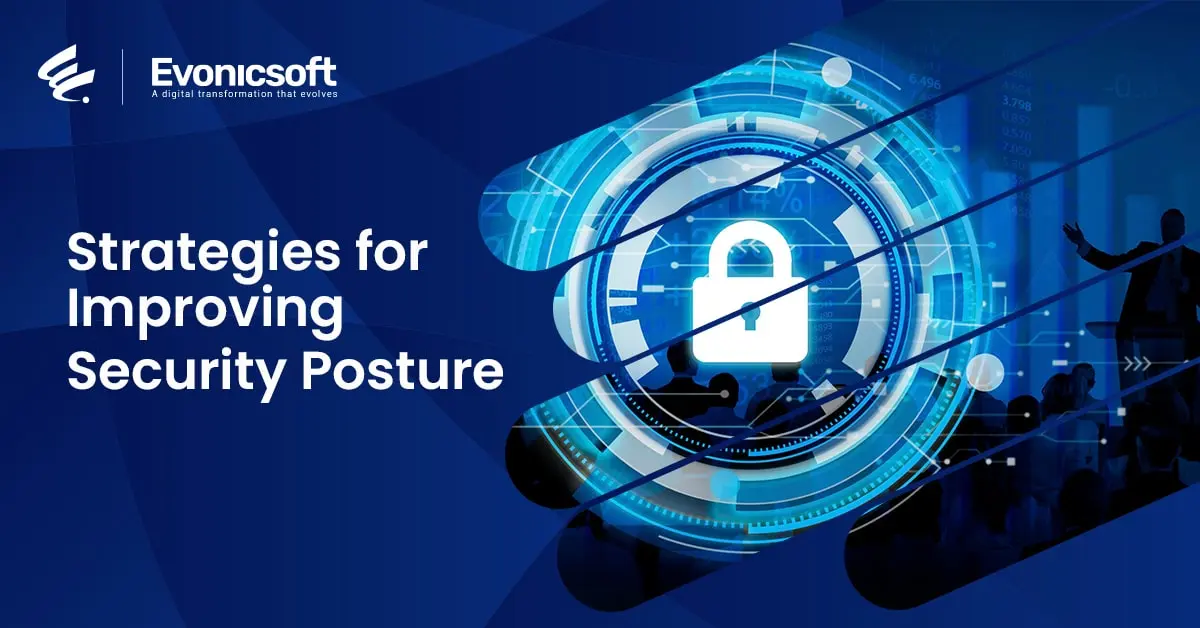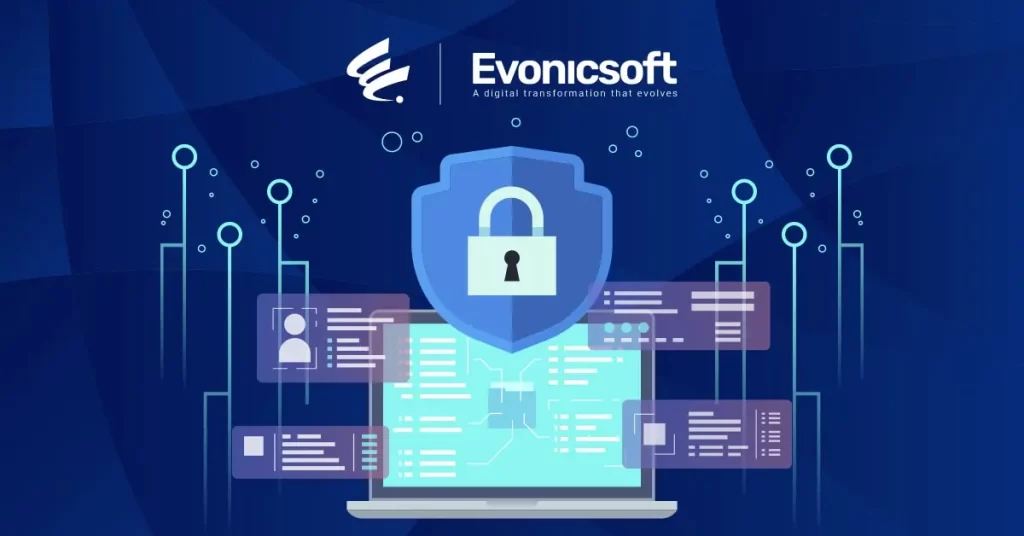
Strategies for Improving Security Posture
- Sami Ul Hassan
- 22/04/2024
- Cyber Security
In today’s digital landscape, businesses face a constant threat of cyber attacks and data breaches. As a result, it is crucial for organizations to have a strong security posture to protect their sensitive data and maintain compliance with industry standards. In this article, we will discuss strategies for improving your security posture and safeguarding your business from potential threats.
Understanding Security Posture
Before we dive into strategies for improving security posture, let’s first define what it means. Security posture refers to the overall security status of an organization, including its policies, procedures, and technologies in place to protect against cyber threats. It is a measure of how well an organization is prepared to defend against and respond to potential security incidents.
The Importance of a Strong Security Posture
Having a strong security posture is crucial for businesses of all sizes. It not only helps protect sensitive data and prevent cyber attacks, but it also ensures compliance with industry standards and regulations. A strong security posture can also help build trust with customers and partners, as they can be confident that their data is safe when doing business with your organization.
Strategies for Improving Security Posture
Now that we understand the importance of a strong security posture, let’s explore some strategies for improving it.
Identity Security Posture Management
Identity security posture management involves managing and securing user identities and access to systems and data. This includes implementing strong authentication methods, such as multi-factor authentication, and regularly reviewing and updating user access privileges. By properly managing user identities, organizations can prevent unauthorized access to sensitive data and reduce the risk of insider threats.
Application Security Posture Management
Application security posture management involves securing the applications and software used by an organization. This includes regularly updating and patching applications to address any known vulnerabilities, as well as implementing secure coding practices to prevent the introduction of new vulnerabilities. By ensuring the security of applications, organizations can prevent cyber attacks that exploit vulnerabilities in their software.
SaaS Security Posture Management
With the rise of cloud-based software and services, it is crucial for organizations to have a strong SaaS security posture. This involves implementing security measures for all SaaS applications used by the organization, such as multi-factor authentication and data encryption. It also includes regularly monitoring and reviewing SaaS applications for any potential security risks.
Data Security Posture Management
Data security posture management involves securing sensitive data and ensuring it is only accessible to authorized users. This includes implementing data encryption, access controls, and data loss prevention measures. By properly securing data, organizations can prevent data breaches and protect sensitive information from falling into the wrong hands.
Compliance Standards
Compliance standards, such as HIPAA and GDPR, are crucial for organizations to maintain a strong security posture. These standards outline specific requirements for protecting sensitive data and preventing data breaches. By ensuring compliance with these standards, organizations can demonstrate their commitment to data security and avoid costly penalties for non-compliance.
Threat Detection
Threat detection involves using tools and technologies to monitor for potential security threats and respond to them in a timely manner. This can include implementing intrusion detection systems, conducting regular vulnerability scans, and using threat intelligence to stay ahead of potential attacks. By proactively monitoring for threats, organizations can quickly respond to potential security incidents and prevent them from causing significant damage.

Best Practices for Maintaining a Strong Security Posture
In addition to implementing the strategies mentioned above, there are some best practices that organizations should follow to maintain a strong security posture.
Regularly Review and Update Security Policies
Security policies should be regularly reviewed and updated to ensure they align with the latest industry standards and regulations. This includes policies for user access, data security, and incident response. By regularly reviewing and updating policies, organizations can ensure they are prepared to handle potential security incidents and maintain compliance.
Conduct Regular Security Training and Awareness Programs
Employees are often the weakest link in an organization’s security posture. It is crucial to regularly train and educate employees on best practices for data security and how to identify potential security threats. This can include simulated phishing attacks and regular security awareness training. By educating employees, organizations can reduce the risk of human error leading to a security incident.
Implement a Disaster Recovery Plan
In the event of a security incident, it is crucial to have a disaster recovery plan in place. This plan should outline the steps to take in the event of a data breach or cyber attack, including who to contact and how to mitigate the damage. By having a well-defined disaster recovery plan, organizations can minimize the impact of a security incident and quickly get back to normal operations.
Real-World Examples of Improving Security Posture
One example of a company successfully improving their security posture is Netflix. In 2016, they implemented a new security posture management tool that allowed them to monitor and manage their security posture in real-time. This tool helped them identify and address potential security risks quickly, resulting in a more secure environment for their customers’ data.
Another example is Capital One, who implemented a comprehensive security posture management program that included regular security training for employees, regular vulnerability scans, and a disaster recovery plan. This program helped them maintain compliance with industry standards and respond quickly to potential security incidents.
Who is Responsible for Security Posture?
Maintaining a strong security posture is a team effort and requires collaboration between various departments within an organization. However, the responsibility ultimately falls on the shoulders of the Chief Information Security Officer (CISO) or the Chief Security Officer (CSO). They are responsible for overseeing the organization’s security posture and ensuring that all necessary measures are in place to protect against potential threats.

Conclusion
In today’s digital landscape, having a strong security posture is crucial for organizations of all sizes. By implementing the strategies and best practices outlined in this article, organizations can improve their security posture and protect their sensitive data from potential cyber threats. It’s important to always keep your security strong and up to date to protect against potential threats.
Follow us on LinkedIn for future updates.




